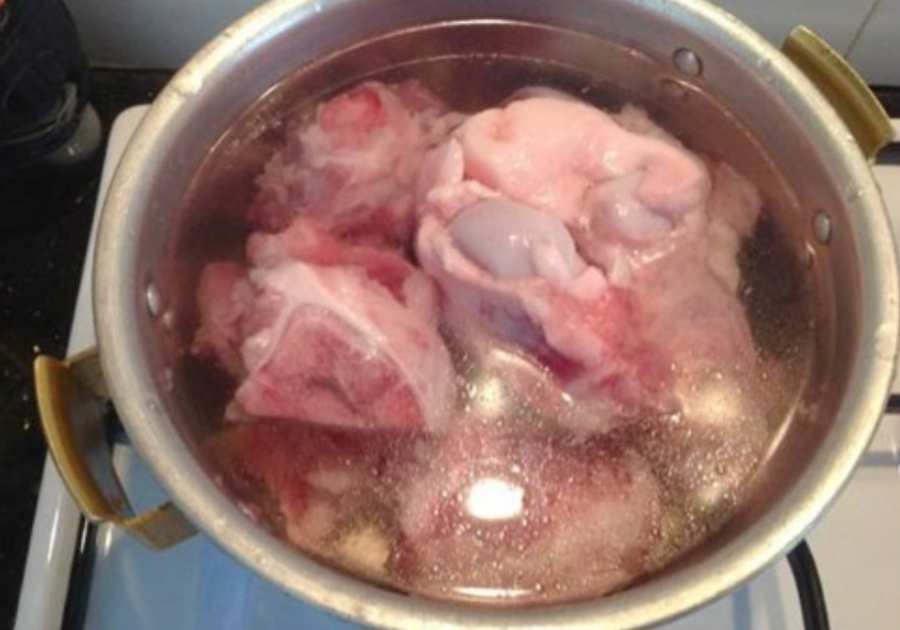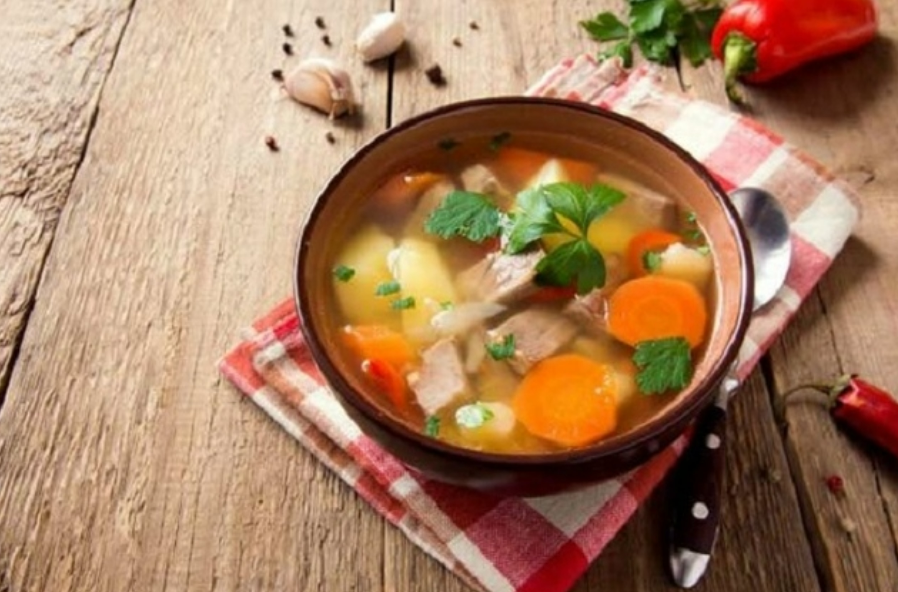The Secret to Delicious and Clear Bone Broth: A Step-by-Step Guide to Mastering This Essential Technique
Creating a flavorful and clear bone broth is an essential step in preparing mouthwatering dishes such as noodle soups, pho, and hearty porridges. However, not everyone knows the correct way to simmer bones to achieve that crystal clear broth while retaining the sweet and savory essence of the bones.
Experienced chefs reveal that the key to a clear and fragrant bone broth lies in a few additional steps before placing the bones in the pot. By following these steps, your broth will be both clear and aromatic, enhancing any soup or stew you prepare. Here is a detailed guide on the technique:
– Firstly, rinse the bones thoroughly with clean water multiple times to eliminate any dirt or impurities.
– Soak the bones in a container of water with a touch of cooking wine and salt for about 15-20 minutes. This step helps draw out excess blood and eliminates any unpleasant odors from the bones.

– After soaking, remove the bones from the liquid and place them in a pot. Add just enough cold water to cover the bones and turn the heat to low. Bring the water to a boil.

– Continue boiling the bones, skimming off the foam that rises to the surface. Once the foam subsides, remove the bones from the pot and rinse them gently with warm water.
Note: Avoid rinsing the bones with cold water, as it may affect the flavor. Additionally, always start boiling the bones in cold water. Using hot water will trap residual blood within the bones, impacting the aroma of your broth.
– In a separate pot, heat a small amount of cooking oil and add the blanched bones. Sauté the bones until they develop a light golden color on both sides. Then, add just enough water, along with a few slices of ginger, and boil over high heat.
– Once the broth reaches a rolling boil, continue cooking over high heat for 20-30 minutes. Afterward, reduce the heat to low and simmer for an additional 30-40 minutes, depending on the quantity of bones. Finally, season with a pinch of salt to taste.
Tip: Avoid using seasoning powder, as it tends to cloud the broth. Additionally, refrain from overcooking the bones, as this can also make the broth cloudy and impart a sour taste.

To further enhance the clarity and flavor of your bone broth, try adding a few roasted shallots to the pot. Additionally, always season with salt towards the end of the cooking process, as early addition of salt can also cause cloudiness.
In summary, to achieve that perfect clear bone broth, remember to implement these three crucial steps before simmering the bones:
– Soak the bones in salted water with cooking wine to eliminate any fishy odors.
– Blanch the bones in cold water, carefully removing any scum that surfaces.
– Sauté the bones before the final simmering step to add depth and a beautiful white color to your broth.
In the event that your broth turns cloudy, you can employ the following tricks to clarify it:
– Strain the broth through a thin cloth into another pot and boil again.
– Whisk an egg white until frothy and add it to the broth. As the egg white curdles, it will attract the cloudy particles, making it easier to skim them off.
– If you’re preparing chicken broth and it turns cloudy, adding more chicken bones and boiling them can help clarify the broth.
– Including a few dried shiitake mushrooms or a raw potato slice in your broth can also work wonders in clarifying it.
Selecting the Right Bones for Your Dish
Different types of pork bones are suited for different dishes, and the cooking techniques vary accordingly. The duration of simmering, temperature, and accompanying ingredients all contribute to the unique flavor profile of each bone-based dish.
Among the various pork bones, the marrow bones produce the most flavorful broth, but they require the longest cooking time. Therefore, they are typically used for dishes like noodles, pho, rice vermicelli soup, hot pot, and large batches of soup.
For family meals, rib bones, spare ribs, and trotters are more suitable choices as they offer a good balance of nutrition, taste, and faster cooking times.

































